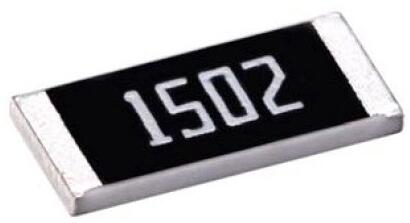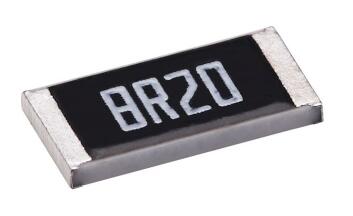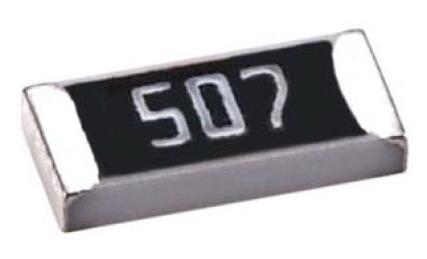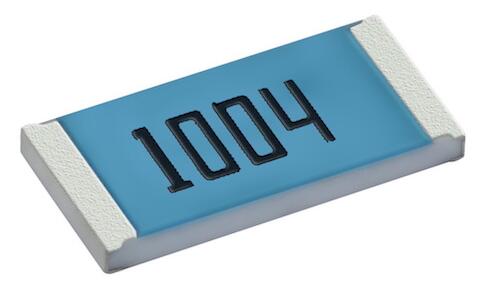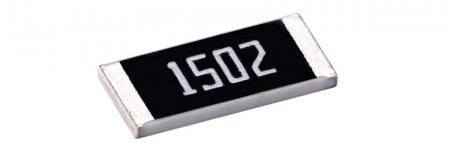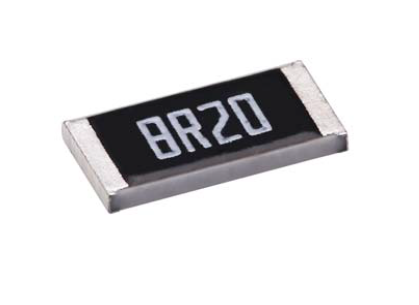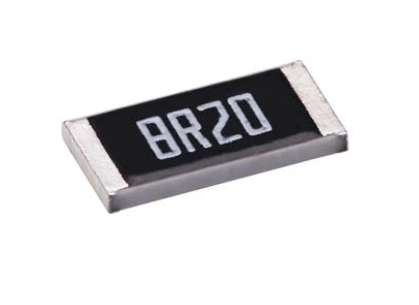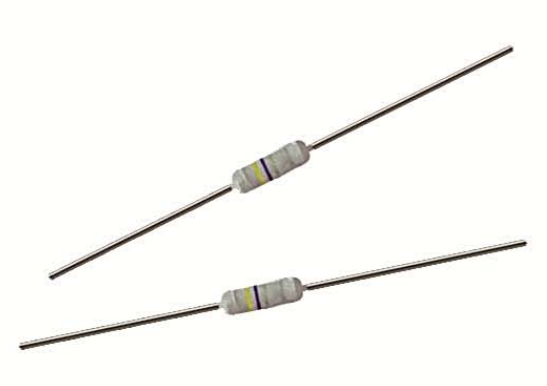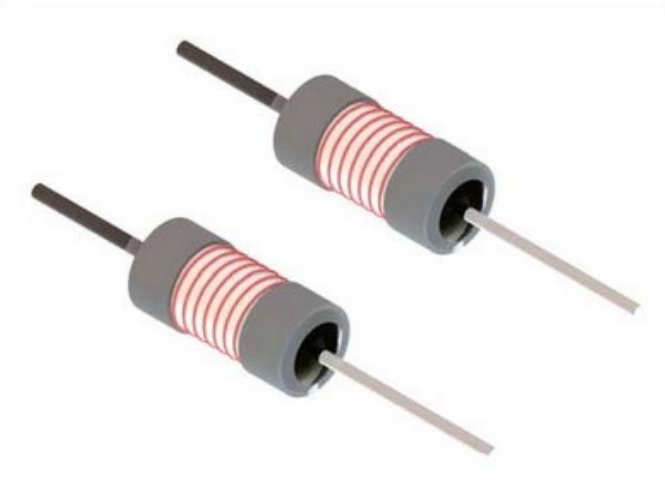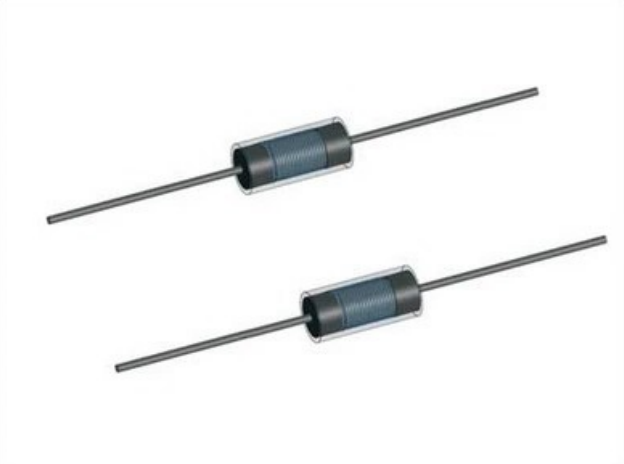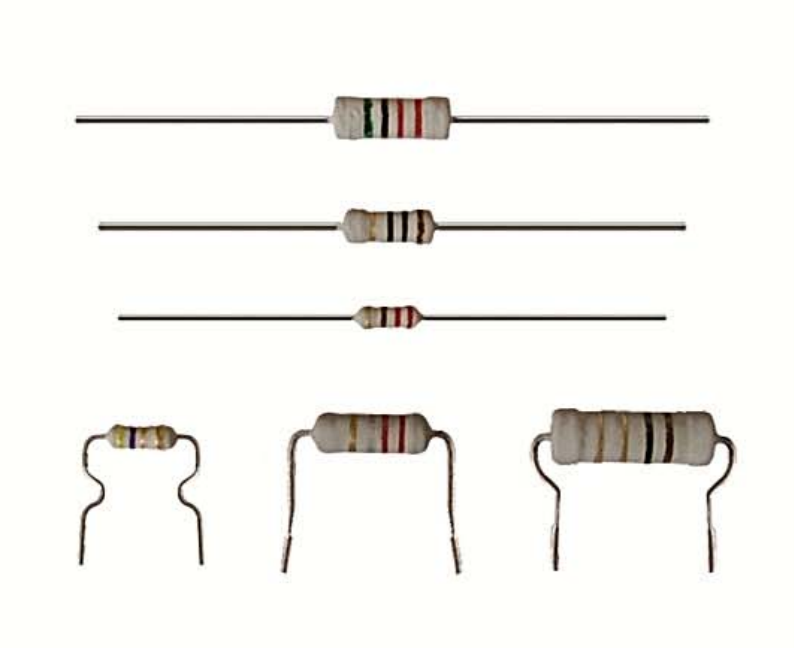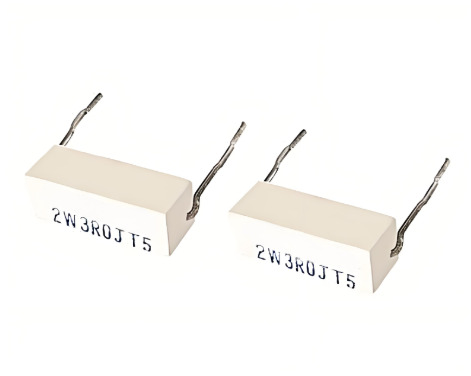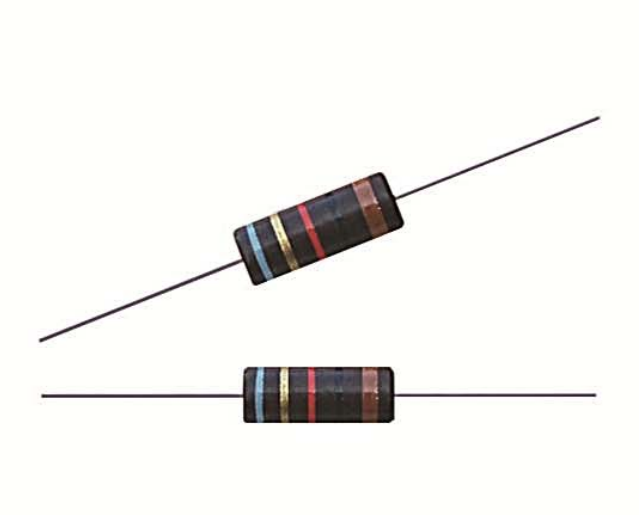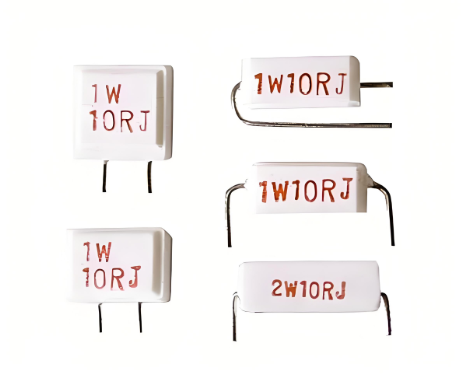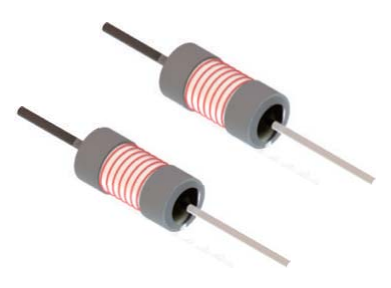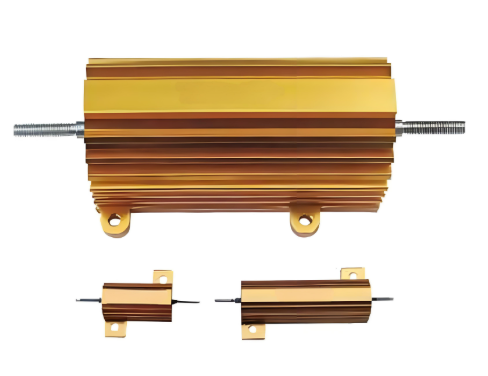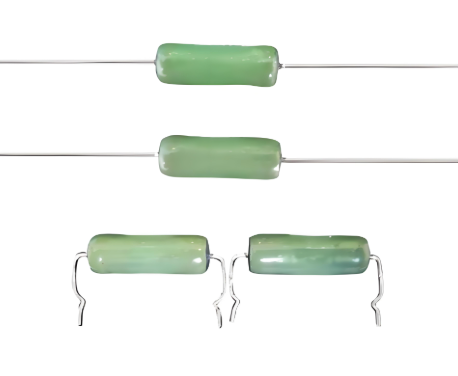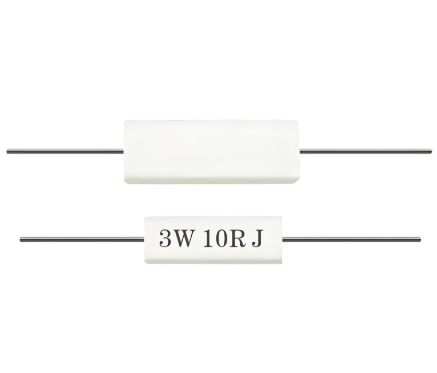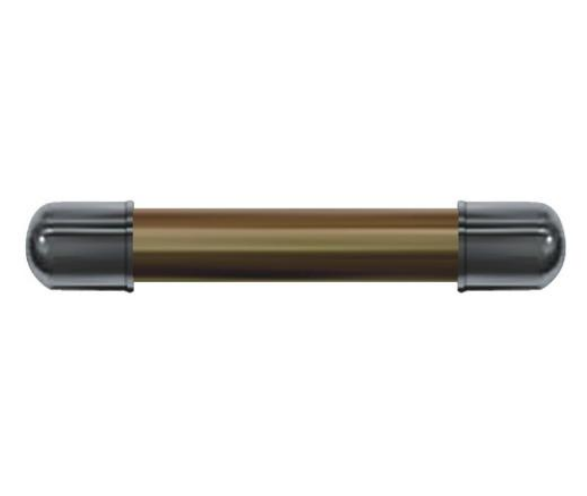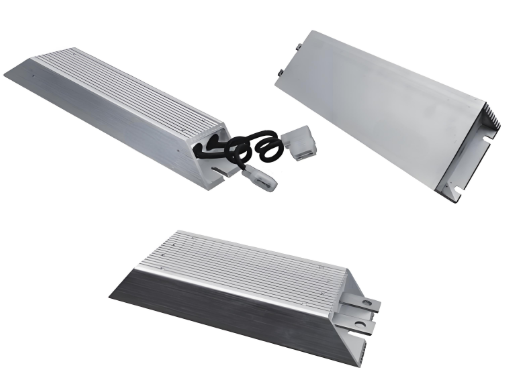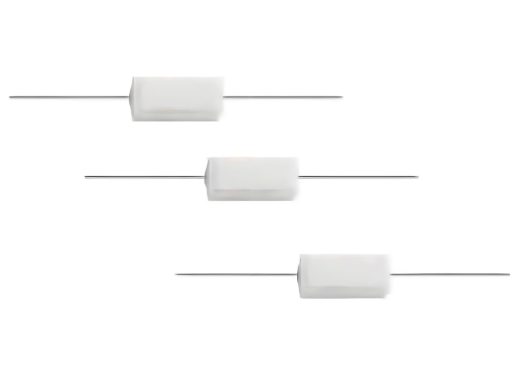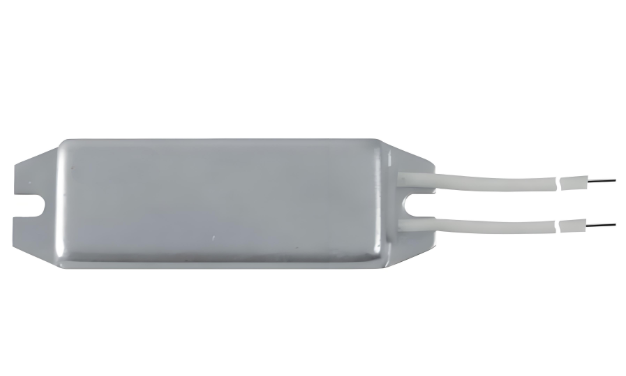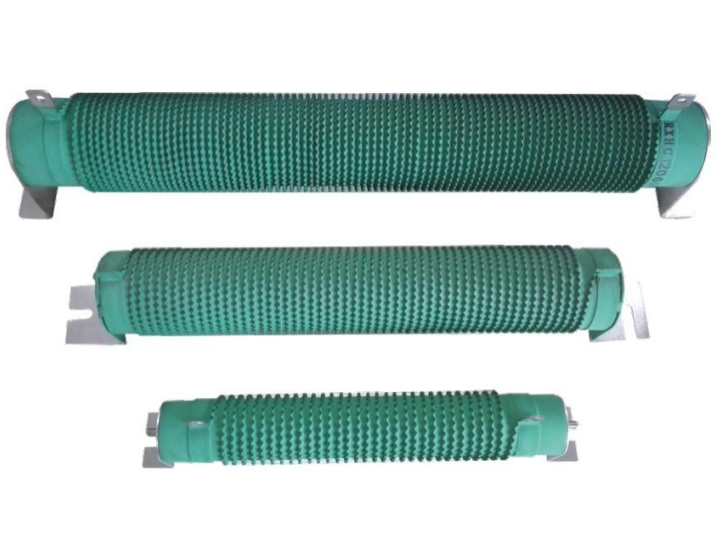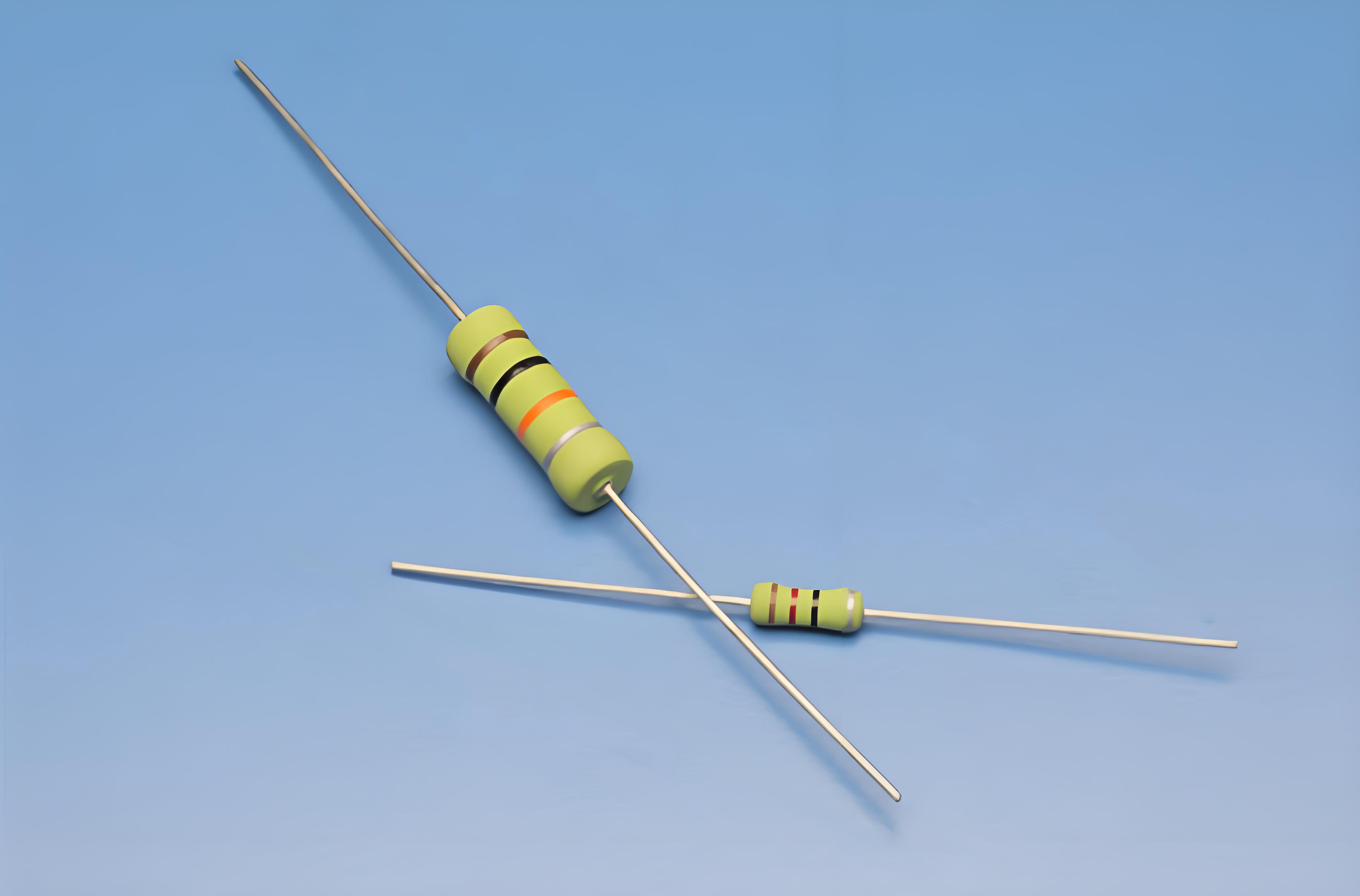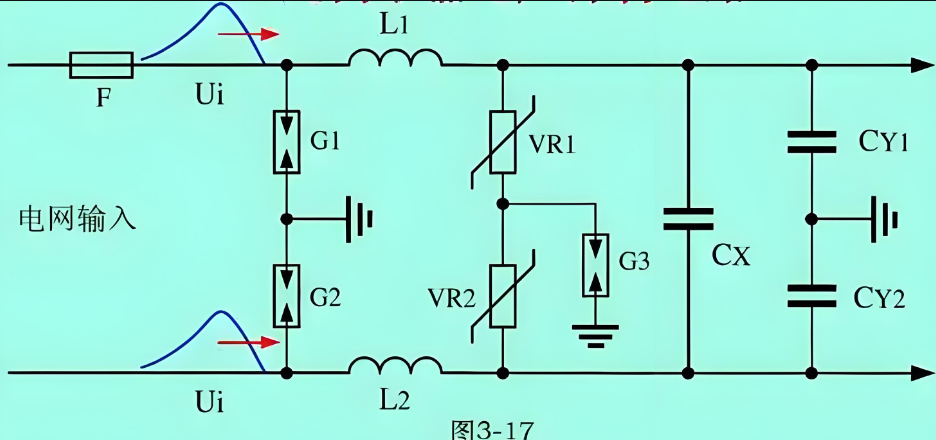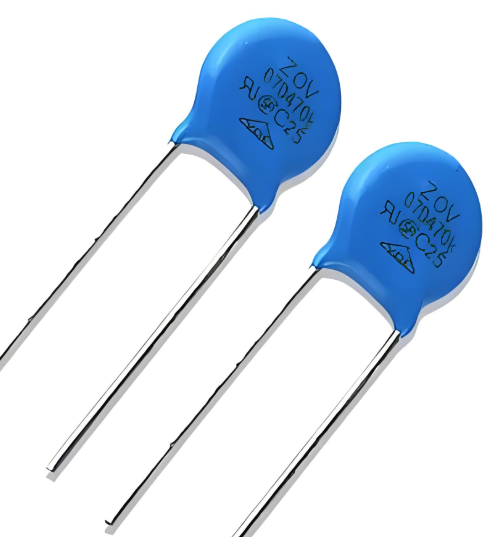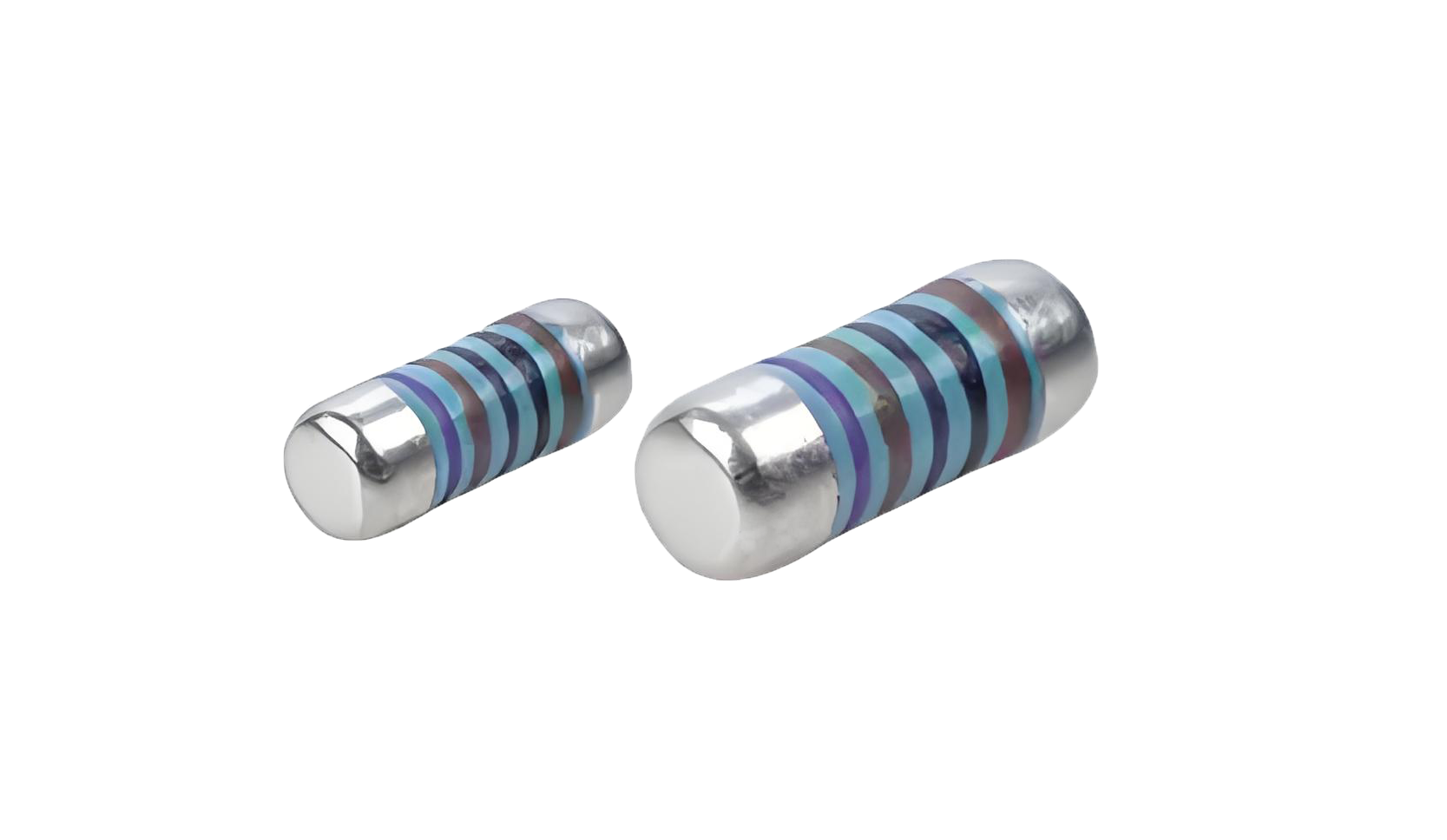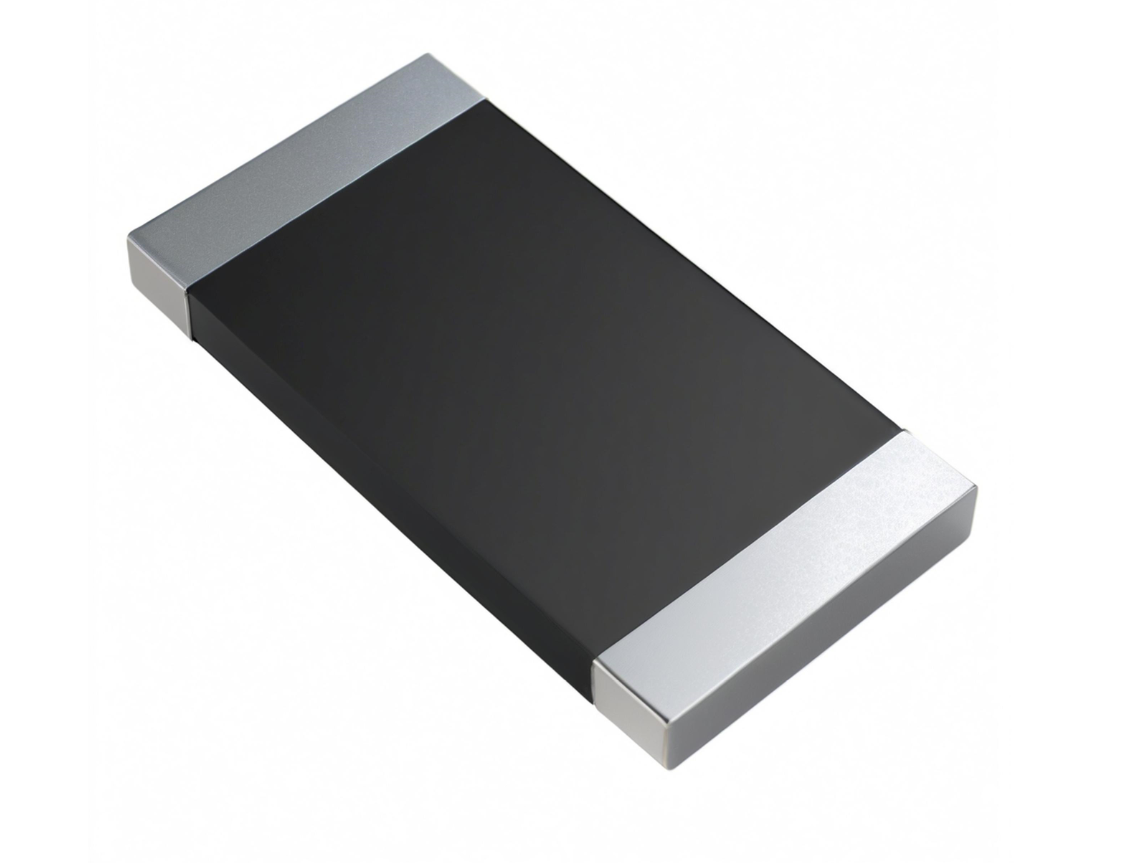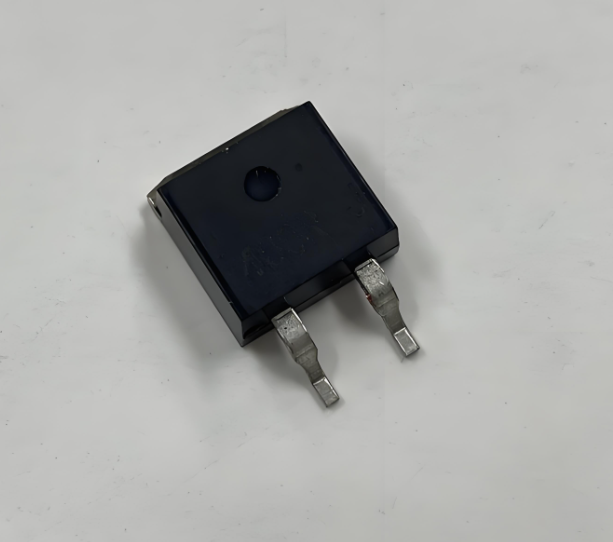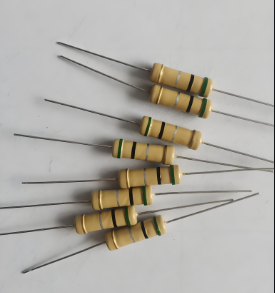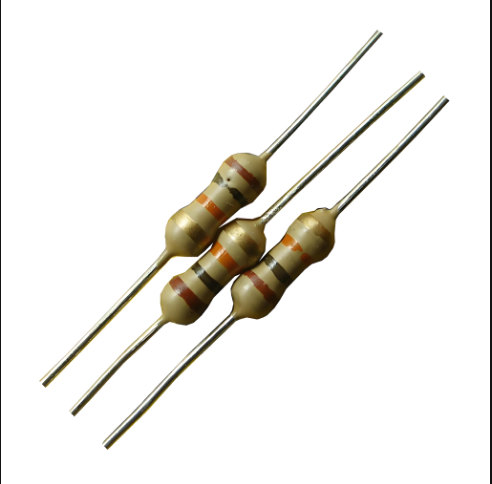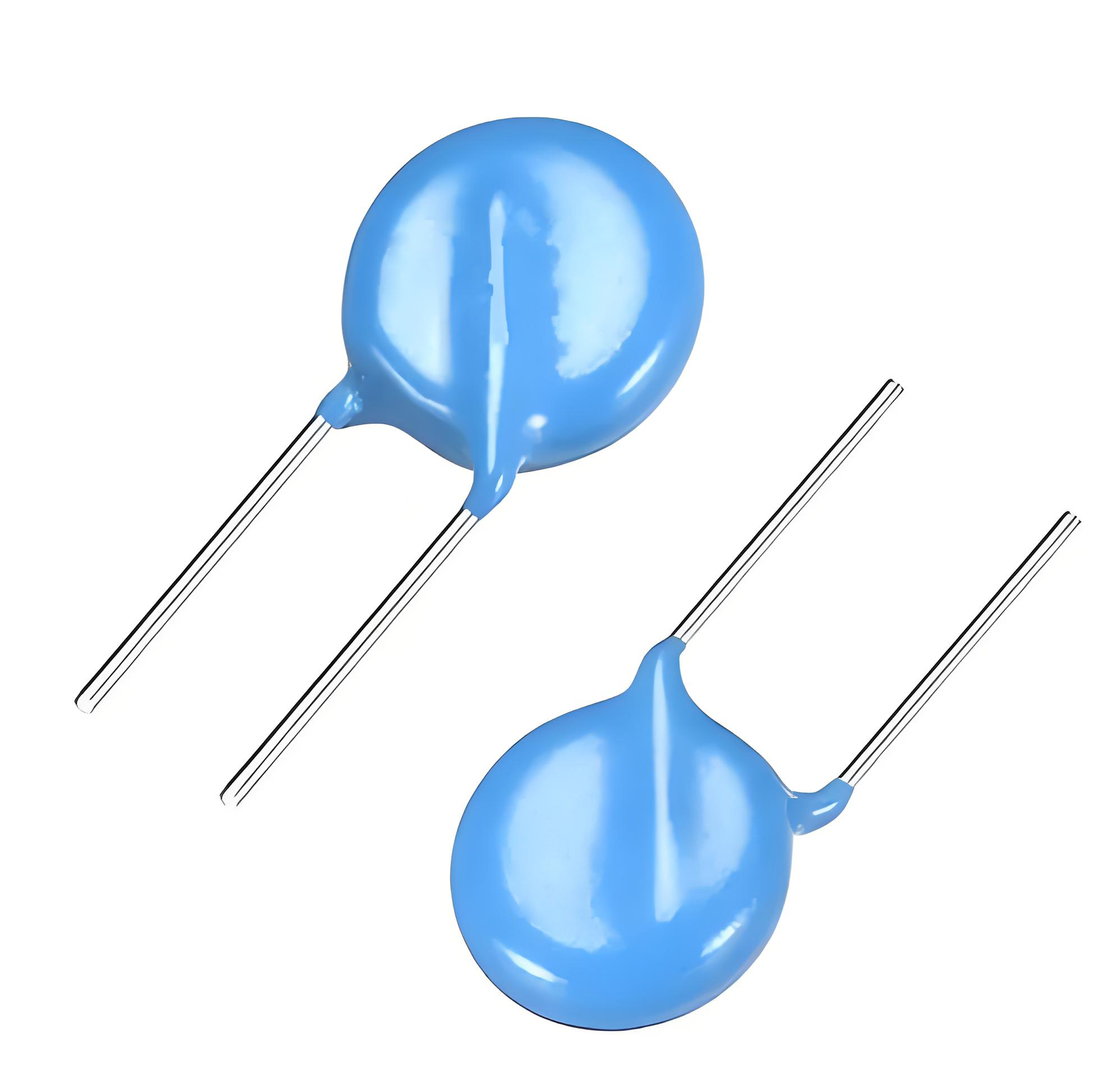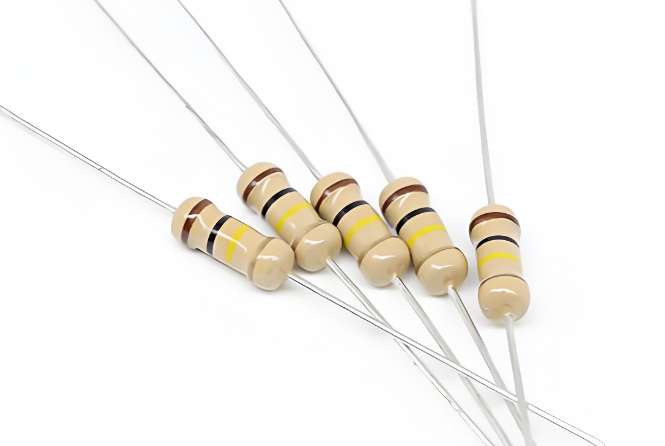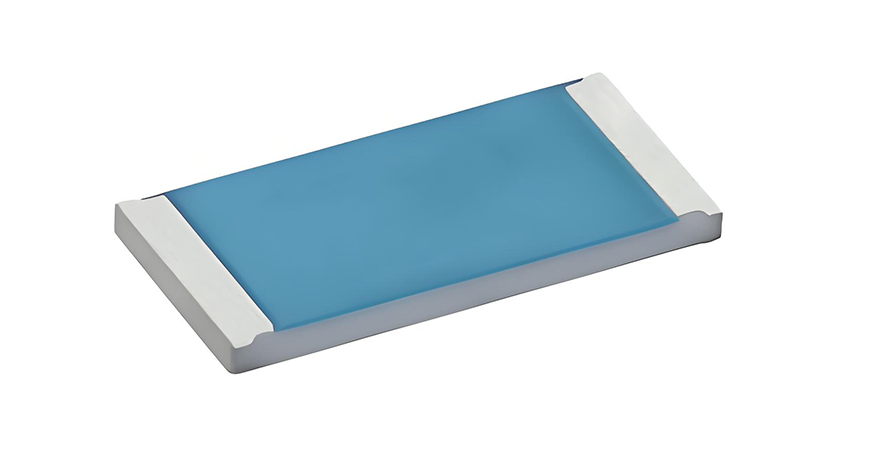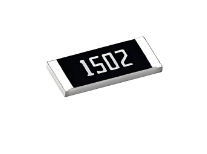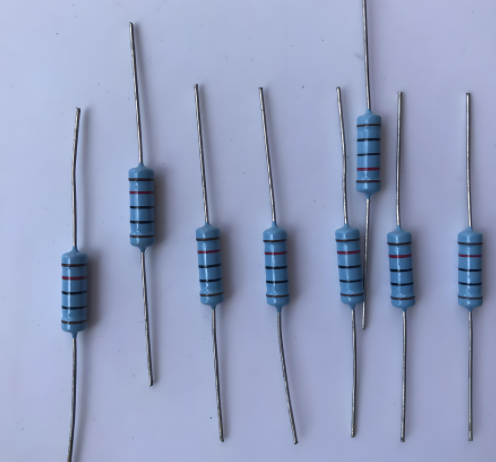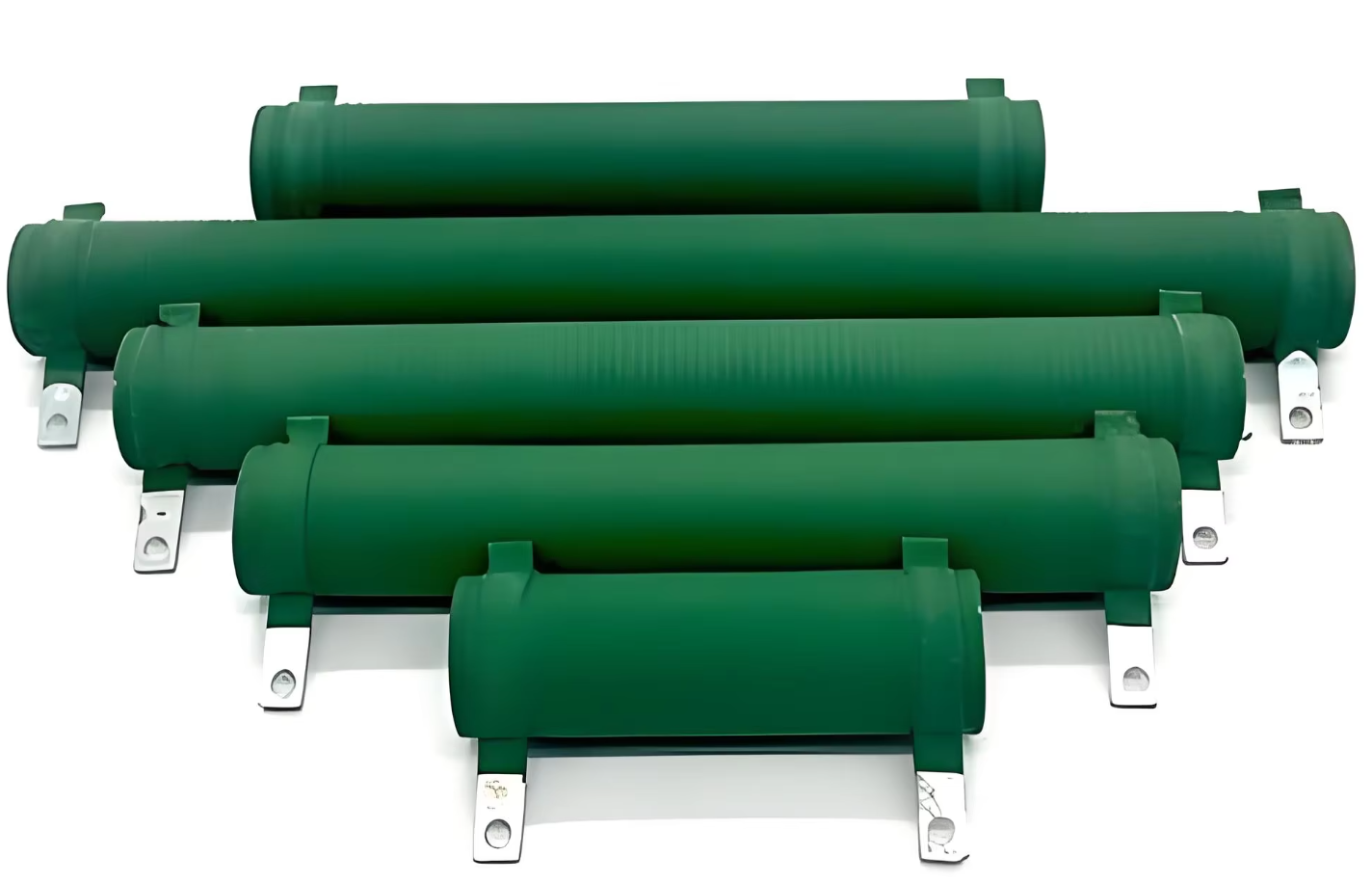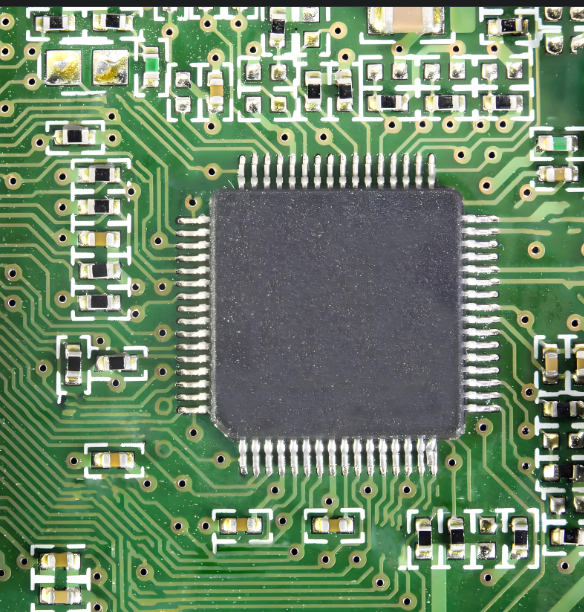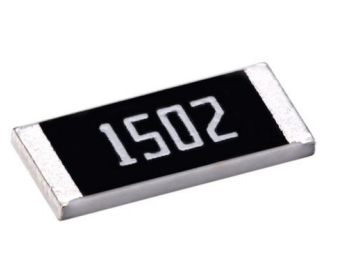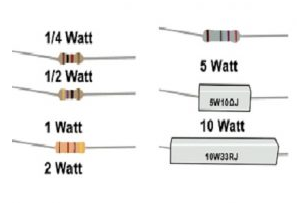Power Supply Surge Protection Resistors: Essential Components for Modern Electronics
In modern electronics, power supply surge protection resistors play a crucial role in safeguarding sensitive circuits from voltage spikes and transient events. These specialized components are designed to absorb and dissipate excess energy, ensuring the reliability and longevity of electronic systems. This article explores the applications, benefits, and design considerations of power supply surge protection resistors, providing valuable insights for engineers and designers working on high-reliability circuits.
Table of Contents
Introduction
Electronic circuits are increasingly being subjected to a variety of voltage surges, from power grid fluctuations to lightning strikes. Power supply surge protection resistors are designed to absorb and safely dissipate these sudden increases in voltage, protecting electrical circuits from damage. They are essential for maintaining the operational integrity of systems in various applications where reliability is critical.

Applications
Power supply surge protection resistors are employed across a diverse range of applications, including:
Industrial Automation: Protect motor drives, PLCs, and sensor interfaces from voltage spikes.
Automotive Systems: Safeguard engine control modules and safety systems like airbags.
Medical Equipment: Ensure patient safety and equipment reliability in devices such as patient monitors and surgical instruments.
Aerospace and Defense: Protect critical systems from transient voltages caused by lightning strikes and radar pulses.
High-Precision Measuring Instruments: Maintain measurement accuracy in laboratory instruments and calibration equipment.
Benefits
Power supply surge protection resistors offer several significant advantages:
Voltage Spike Suppression: Limit the impact of voltage spikes to safe levels.
Component Protection: Prevent damage to sensitive electronic components.
Reliability Assurance: Enhance the overall reliability of electronic systems.
Compliance with Standards: Ensure adherence to safety and regulatory standards.
Design Considerations
When integrating power supply surge protection resistors into circuit designs, consider the following factors:
Energy Dissipation Capacity: Ensure the resistor can handle expected surge energy levels.
Response Time: Must react quickly to voltage spikes to provide immediate protection.
Physical and Thermal Stability: Withstand environmental and mechanical stresses.
Size and Form Factor: Suitable for the space and thermal characteristics of the circuit.
Problem and Solution
Problem: Inadequate surge protection resistor performance leading to component failure.
Solution: Implement surge protection resistors with adequate energy dissipation capacity and fast response times. Regularly test and replace resistors as necessary to ensure ongoing protection.
Best Practices
To maximize the effectiveness of power supply surge protection resistors:
Match the resistor specifications: to the application requirements precisely.
Proper Circuit Design: Ensure the resistor is integrated into the circuit design for optimal performance.
Regular Inspection: Check for physical damage and degradation over time.
Environmental Considerations: Account for operating conditions that may affect resistor performance.
Conclusion
Power supply surge protection resistors are indispensable in the design of high-reliability circuits. Their applications span across diverse fields, offering substantial benefits like voltage spike suppression and component protection. By considering key design factors and adhering to best practices, engineers can ensure these resistors provide the necessary protection and maintain system reliability.

